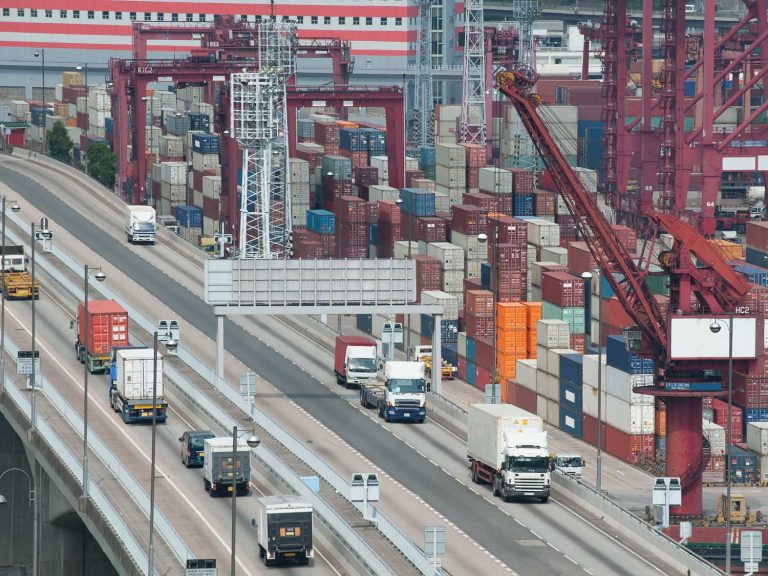
Date:
China/Hong Kong update; cross-border trucking capacity cut
Increasing COVID case numbers in China are cutting cross-border trucking capacity, prompting carriers to drop calls at Hong Kong, raising fears that the city is losing shipping line favour as a transhipment hub.
With almost one million people in lockdown in Wuhan, where COVID was first detected, the Politburo confirmed last Thursday that China will maintain its “zero-COVID” policy. And with increasing numbers of COVID cases on the mainland, regional authorities have cut cross-border truck movements with Hong Kong, from 3,500 to 1,500 a day until further notice.
The significant reduction in trucking capacity and stricter testing policies (with truck drivers required to show proof of a negative test result within 24 hours, rather than 48 hours) is creating substantial fluctuations in cross-border traffic and we are expecting to see demand for feeder, barge and air solutions spike again.
Hong Kong is moving toward greater relaxation of COVID restrictions, but this may not align with mainland requirements, which complicates the situation and reduced capacity may extend lead times for any shipments coming over the border, to ship from Hong Kong.
The number of ships calling at Kwai Chung container terminal fell 21% in the first quarter, compared to 2021, while the number of Hong Kong calls for Europe services dropped 36%, with a 22% drop on intra-Asia services and calls on trans-Pacific trades down nearly 5%, prompting fears that Hong Kong will lose its position as a leading transshipment hub.
Hong Kong handled about 17.8 million TEU last year, of which around 60% was transshipment. But with so much cargo now shipping through terminals in China or, for regional cargo, transshipping at other ports, Hong Kong may see less transshipment cargo, which would mean fewer calls and fewer calls would mean even less containerised cargo, in a downward spiral.
Container exports are down 12% and imports down 6.6% year on year through June which, terminal operator (and Felixstowe port owner) Hutchison Port Holdings said, negatively affects shipping lines’ preference to use Hong Kong as one of their hubs for transshipment.
In a possible demonstration of this new reality, Hutchison said throughput at Shenzhen’s Yantian International Container Terminal was up 7% year-on-year, but volumes at its Kwai Tsing terminals in Hong Kong were down 7%, which it attributed to “lower local and transhipment cargo”.
We will continue to monitor the situation with our local colleagues and offices throughout China and keep you advised immediately of any new lockdowns or COVID related events that may have an impact on global logistics and your supply chains. We are very close to the market and the intelligence available and will share updates as they occur.
Cuts to Hong Kong border trucking capacity reflect an ongoing situation, with curbs and relaxations fluctuating constantly, that our local team have become adept at handling.
Despite these challenges we continue to secure trucking capacity and barge capacity is currently sufficient, but if the situation does deteriorate delays to transit times may increase to around five-to-six days.
Our cloud-based supply chain management platform, MVT, makes every milestone and participant in the supply chain transparent and controllable, which means you can adapt and flex your supply chain, to react to local changes dynamically.
To discuss how our technology could support your supply chain, please contact Simon George our Technical Solutions Director or Elliot Carlile.
